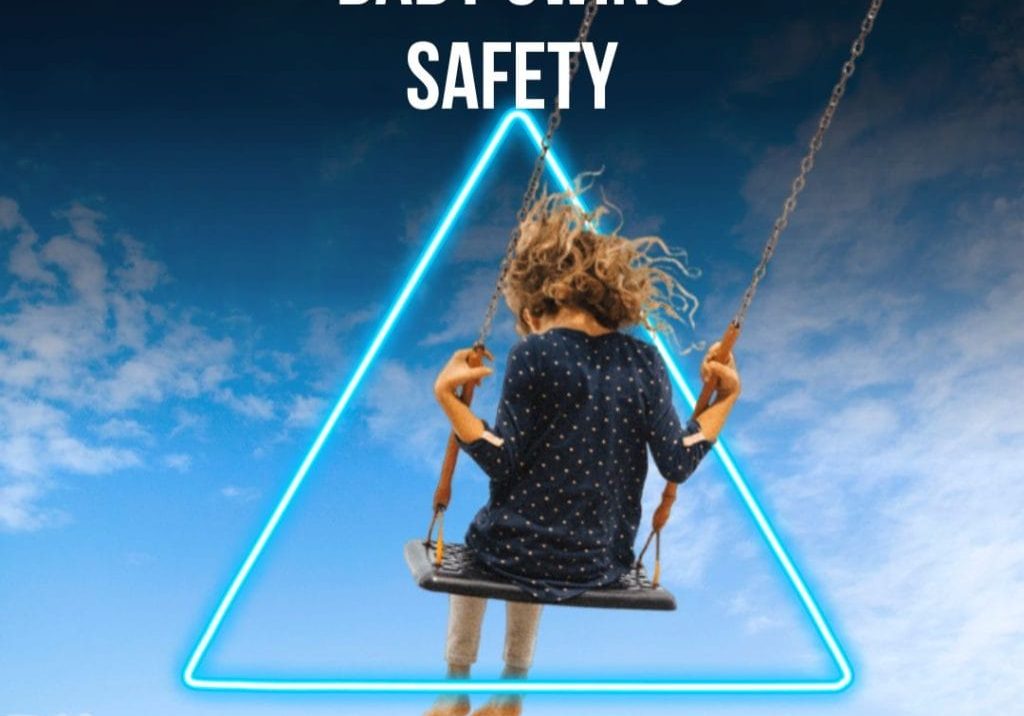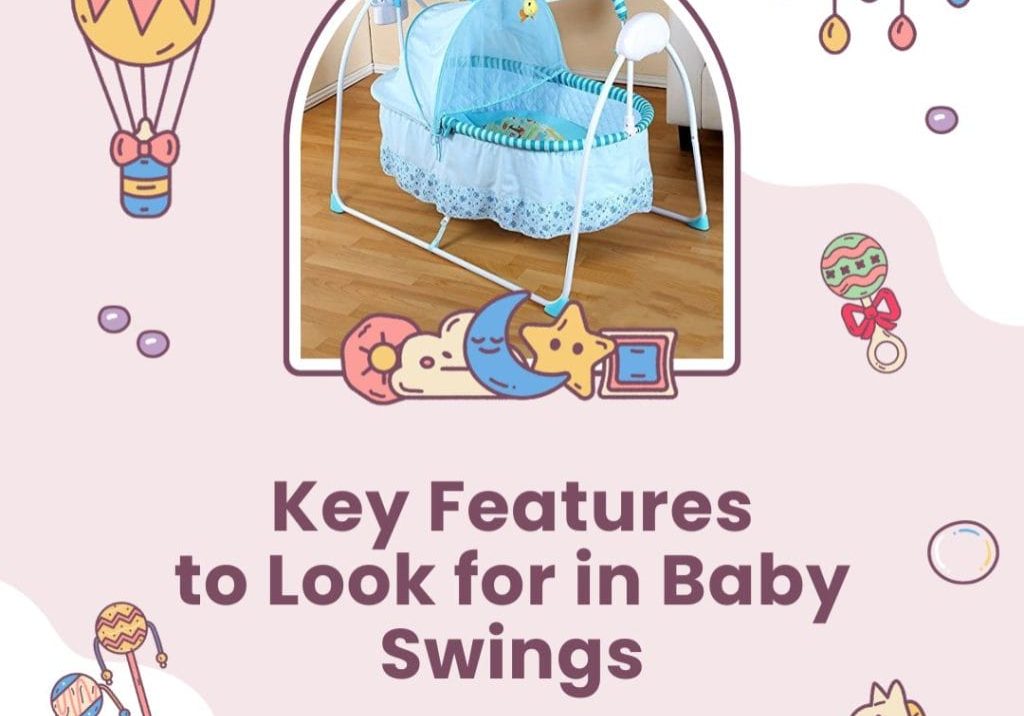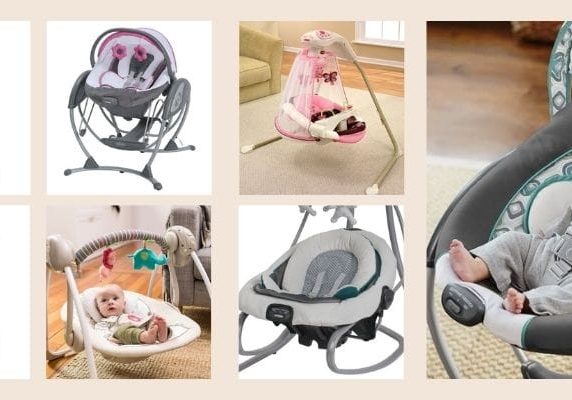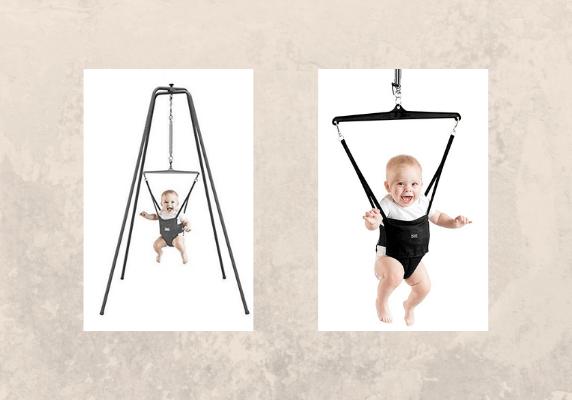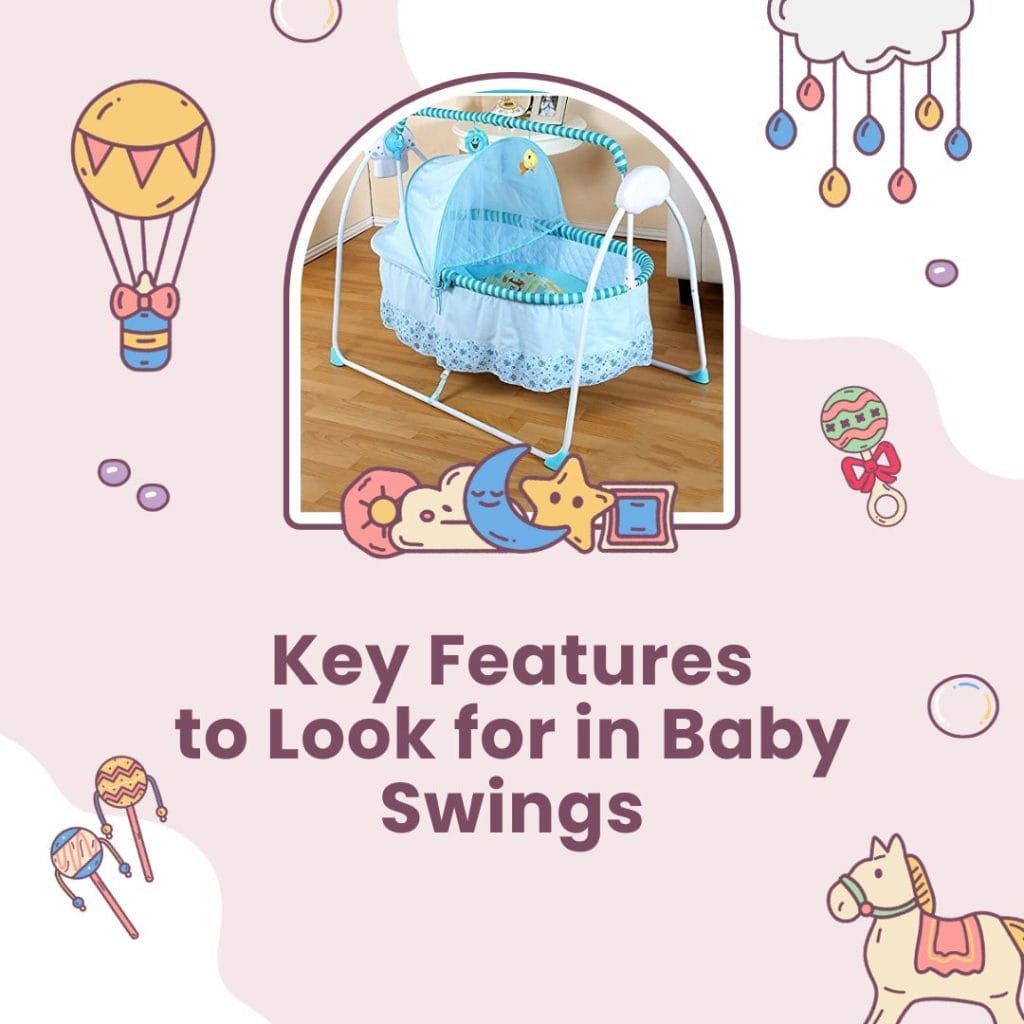Choosing the right toys for your baby can be a challenging task, especially when you want those toys to support their developmental stages. “Baby Developmental Toys” play a crucial role in providing the stimulation that aids in enhancing a child’s cognitive, physical, and emotional growth. This article will guide you through the selection of effective toys for optimal baby development.
Tips for Choosing Toys for Toddlers
Toddlers are naturally curious beings, constantly learning from their surroundings. Interactive play sessions provide an excellent platform for your child not only to acquire but also to hone new skills at their own pace, led by their unique interests. The choice of toys and playthings significantly influences your child’s developmental path.
Navigating through a toy store might seem like a simple task, but the vast variety of toys designed for toddlers can easily induce a feeling of being overwhelmed. Making the right toy selection for your child is a challenging endeavor. So, how do you discern the quality toys that will endure? Which toys will maintain your child’s interest beyond a few days or weeks?
This guide offers insights on choosing toys that will evolve with your child, continually challenging them and promoting their overall development. It focuses on fostering their thinking, physical, language, and social-emotional skills through the right selection of baby developmental toys.
Guidelines for Choosing Toys for Toddlers
When it comes to selecting toys for your little ones, it’s crucial to keep in mind that each toy serves as a building block for your child’s growth and development. Here are some guidelines to help you navigate the world of baby developmental toys and make the best choices for your toddler’s evolving needs.
Choose toys that can be used in a variety of ways.
When selecting toys for toddlers, it’s important to prioritize those that offer flexibility in play and foster imagination. These “open-ended” toys, as they are commonly referred to, allow your child to engage in numerous games and activities. Items such as wooden blocks or chunky plastic interlocking blocks can serve as the base for a multitude of constructions – a road, a zoo, a bridge, or even a spaceship.
Toys of this nature stimulate your child’s creativity, encouraging them to think outside the box. They are instrumental in developing problem-solving abilities and logical thinking skills, key aspects of cognitive growth. Some exemplary toys that promote this type of exploratory play include Blocks, interlocking blocks, and nesting blocks or cups. Additionally, toys designed for sand and water play can also provide countless hours of imaginative and creative play, making them excellent choices for supporting your toddler’s development.
Look for toys that will grow with your child.
It’s quite common for parents to invest in a toy that their toddler loses interest in after a couple of days. To prevent this, it’s essential to select toys that remain engaging at different stages of your child’s development. Consider this – a young toddler may find immense joy in housing small, plastic animal toys in a simple shoebox. As they grow older, these same toys could serve as characters in imaginative stories they invent, keeping them engaged for longer periods.
For instance, plastic toy animals and action figures can stimulate an array of play scenarios, sparking your toddler’s imagination. Toddler-friendly dollhouses offer opportunities for role-play, aiding in language development and emotional understanding. Trains, dump trucks, and other vehicles can be used in a variety of contexts, nurturing creativity and problem-solving skills. Stuffed animals and dolls not only become beloved companions but also allow your child to practice nurturing behavior. These toys can adapt to your toddler’s changing interests and developmental needs, making them a wise investment.
Select toys that encourage exploration and problem-solving.
Engaging play experiences provide children with opportunities to continuously practice and refine their skills. Toys that stimulate children to solve problems independently, or with minimal guidance, are instrumental in honing their logical thinking abilities. These toys nurture a tenacious problem-solving attitude in children and play a significant role in their cognitive development.
Toys that require kids to figure out how things fit together foster spatial relation skills. These skills are crucial for understanding physical relationships between objects, a fundamental aspect of everyday problem-solving. Simultaneously, these toys also enhance hand-eye coordination, a vital motor skill that translates to a host of other functional abilities.
In addition, certain toys encourage the development of fine motor skills, which involve the use of smaller muscle groups in the hands and fingers. These skills are essential for performing everyday actions such as writing, buttoning clothes, or using a computer. Examples of toys that promote the development of these skills include puzzles, shape-sorters, and blocks, as well as art materials like clay, paint, crayons, and play-dough. The process of manipulating these materials not only challenges and refines children’s fine motor skills but also enriches their creative abilities.
Look for toys that spark your child’s imagination.
Choosing Toys that Foster Creativity
The age of three marks a significant milestone in your child’s imaginative capabilities. They begin to grasp the concept of role-play, transforming into different characters and imagining ordinary objects as extraordinary things. For instance, a simple block may transform into a slice of cake in their imaginative play.
The Importance of Pretend Play
Pretend play is a crucial aspect of your child’s development as it enhances language and literacy skills, fosters problem-solving abilities, and cultivates the ability to sequence events logically. Through pretend play, your child learns to weave stories and enact them, reinforcing their understanding of narrative structures and sequence of events.
Examples of Toys for Pretend Play
Toys that facilitate pretend play range from dress-up clothing and blocks to toy food and plastic plates. Action figures, stuffed animals, and dolls become characters in your child’s imaginative stories. Toddler-friendly dollhouses, toy tools, and “real-life” accessories, such as a wrapping paper tube fashioned into a “fire hose,” can stimulate creative scenarios. Trains and trucks can also be employed in various imaginative contexts.
The All-Purpose Cardboard Box
Do not underestimate the potential of an ordinary cardboard box. This versatile object can morph into a house, a pirate ship, a barn, a tunnel, or any other structure that your child’s creativity conjures. Large appliance boxes, easily obtained from appliance stores for free, can offer countless hours of imaginative play. Thus, toys for supporting your toddler’s development are often already available in your surroundings, requiring only a sprinkle of imagination.
Give your child the chance to play with “real” stuff—or toys that look like the real thing.
As young toddlers grow, they begin to show a keen interest in understanding the workings of various objects in their environment. For instance, they might be intrigued by devices like television remotes or light switches. This curiosity stems from their desire to be as proficient and capable as adults, something that can be nurtured through play.
Also, you might’ve noticed your toddler’s fascination with “real” stuff, perhaps your cell phone or other everyday items. They are drawn to these objects as they reflect the adult world they aspire to be a part of. Toys that mimic these real-life items serve to satisfy this curiosity while aiding their development.
Toys such as plastic dishes and food, toy keys, and toy phones offer children opportunities to problem-solve and understand spatial relationships, exploring how things fit together. Dress-up clothes and musical instruments further fuel their imagination and role-play scenarios.
Additionally, child-size brooms, mops, brushes, and dustpans not only allow them to mimic adult tasks but also help develop their fine motor skills. These skills involve the use of small muscles in their hands and fingers, crucial for performing everyday actions as they grow older.
Toss in some “getting ready to read” toys.
Incorporate toys connected with early reading and writing skill development, such as books, magnetic alphabet letters, and arts and crafts materials like markers, crayons, and finger paints. These kinds of toys are instrumental in enhancing your child’s literacy skills from a young age. Props that mimic real-life, like take-out menus, catalogs, or magazines, add an element of fun to their playtime while also exposing them to letters, text, and print. This familiarity with printed characters and words lays the groundwork for their future reading and writing abilities.
Seek out toys that encourage your child to be active.
Toddlers are in a phase of rapid physical development and learning. Their growing strength and confidence in their bodies allow them to perform all kinds of physical feats. This is where your role as an appreciative audience comes into play, recognizing and cheering for your little one’s newest achievements on the playground.
Toys that bolster your child’s current physical abilities and aid in the development of new skills are essential. For instance, balls of various shapes and sizes can serve as wonderful tools for improving hand-eye coordination and dexterity.
Tricycles or three-wheeled scooters, coupled with appropriate protective gear, offer an exciting avenue for your toddler to explore their balancing skills and develop muscle strength. Meanwhile, pull-toys, such as those your child can tug along on a string, reinforce their walking skills and enhance coordination.
Engaging in pretend-play with gardening tools can spark an interest in nature while also encouraging physical activity through digging and raking. Simultaneously, a child-sized basketball hoop or a plastic bowling set can introduce your toddler to the fun world of sports, fostering their hand-eye coordination and precision.
A simple wagon that your child can fill and pull around can serve as a source of physical exercise while also enhancing their understanding of spatial relationships as they decide what fits into the wagon.
Moreover, don’t underestimate the utility of moving boxes. Open at both ends, they can be transformed into tunnels, providing a fun and active play scenario for your little crawler.
Choosing the right mix of toys can make a significant difference in facilitating your toddler’s physical development while ensuring they have fun in the process.
Look for toys that nurture cross-generational play.
Toys that promote intergenerational play are not just fun, but they also offer learning opportunities. As your child inches closer to their third birthday and beyond, consider introducing early board games. These games, which do not require reading, can include memory-based games or simple board games. Think about establishing a “family game night” where everyone can participate together. These board games are not just entertaining, but they stimulate skills such as counting, matching, and memory. They also foster listening skills and self-discipline, as children must learn to abide by the rules. Furthermore, they facilitate language development and help cultivate interpersonal skills. A crucial aspect of these games is that they teach children to handle victory gracefully and cope with defeat, thereby imparting valuable life lessons.
Common Questions
What is the educational value of toys with lights, sounds, and music?
Many toddler toys are replete with buttons, levers, lights, and music and are often marketed as “developmental” due to their multifunctional nature. However, it’s important to understand that such toys may not necessarily foster learning. The more a toy does, the less a child is required to do, making the toy more of an entertainer than an educational tool. Learning cause-and-effect can also be challenging with these toys as it might be unclear which action triggered the lights or music. In essence, toys that demand the most interaction from a child are often the most beneficial. When a child uses their body and mind to operate a toy, they learn more effectively.
Can toys enhance my baby’s intelligence as advertised?
It’s vital to approach such claims with skepticism. Most products making such promises lack substantiated evidence to prove their ability to boost a child’s intelligence. Surprisingly, everyday household items (such as plastic bowls for filling and emptying, pillows for climbing and building forts, or old clothes for dress-up) often act as the most effective learning tools. The more a child uses their cognitive and physical abilities to solve problems and develop their own concepts, the more they learn.
Conclusion
In conclusion, selecting the right ‘Baby Developmental Toys’ plays a vital role in enhancing your child’s cognitive, physical, and emotional growth. The best toys are those that demand interaction, facilitating essential skills such as problem-solving, creativity, and imagination. Regular household items can often serve as effective developmental tools. Ultimately, it’s about striking a balance and providing your child with a diverse range of experiences to nurture their overall development.


